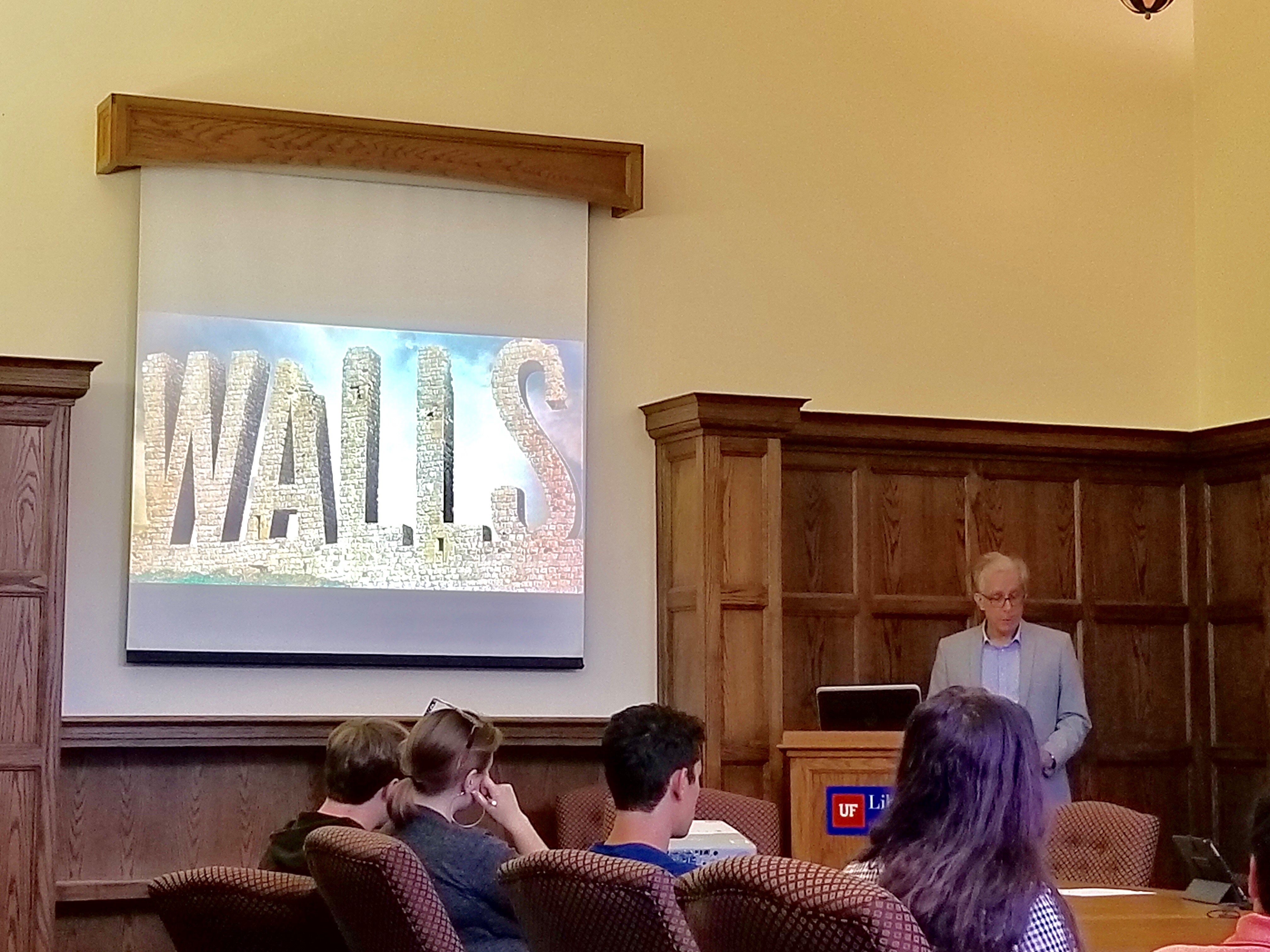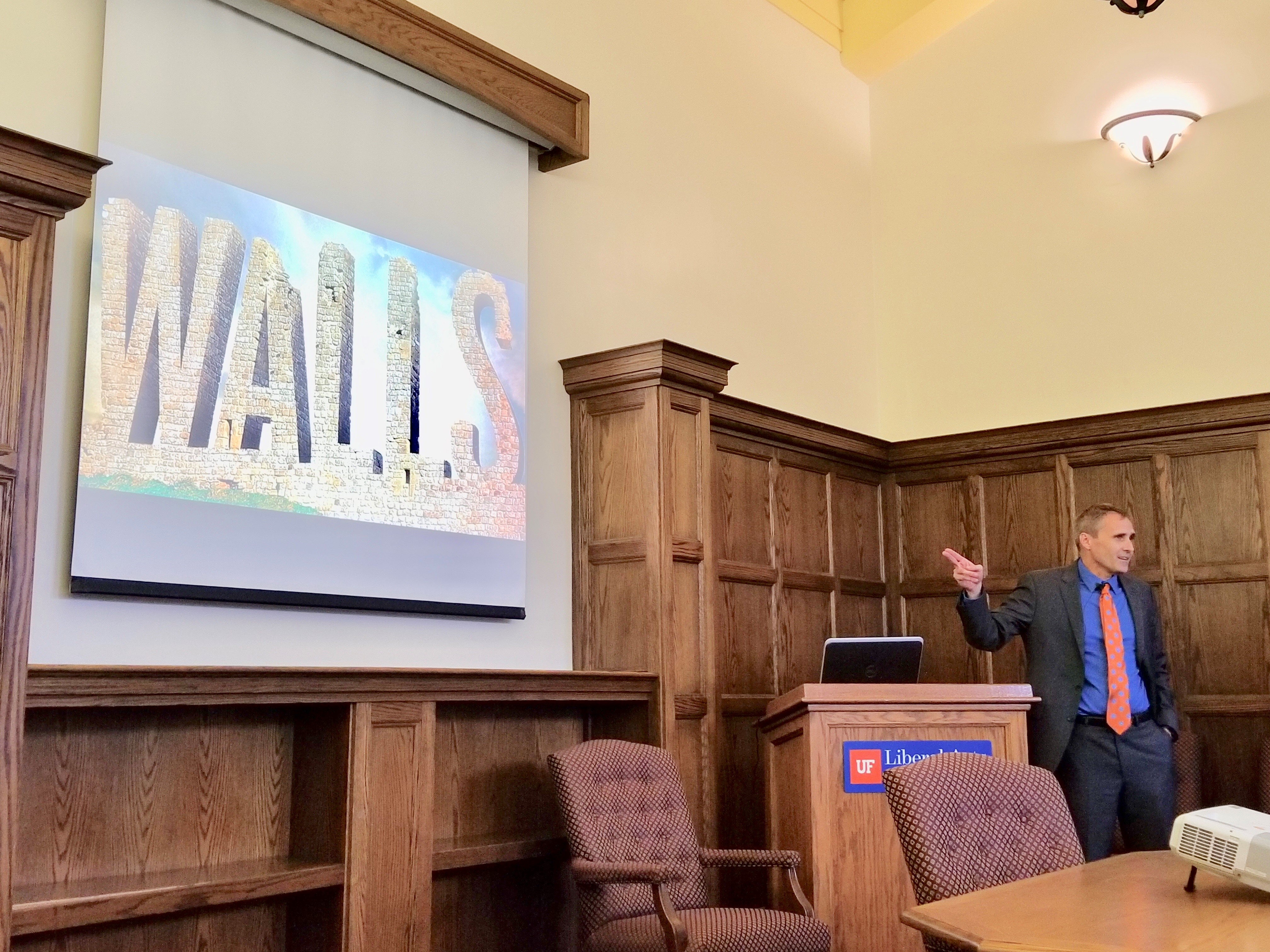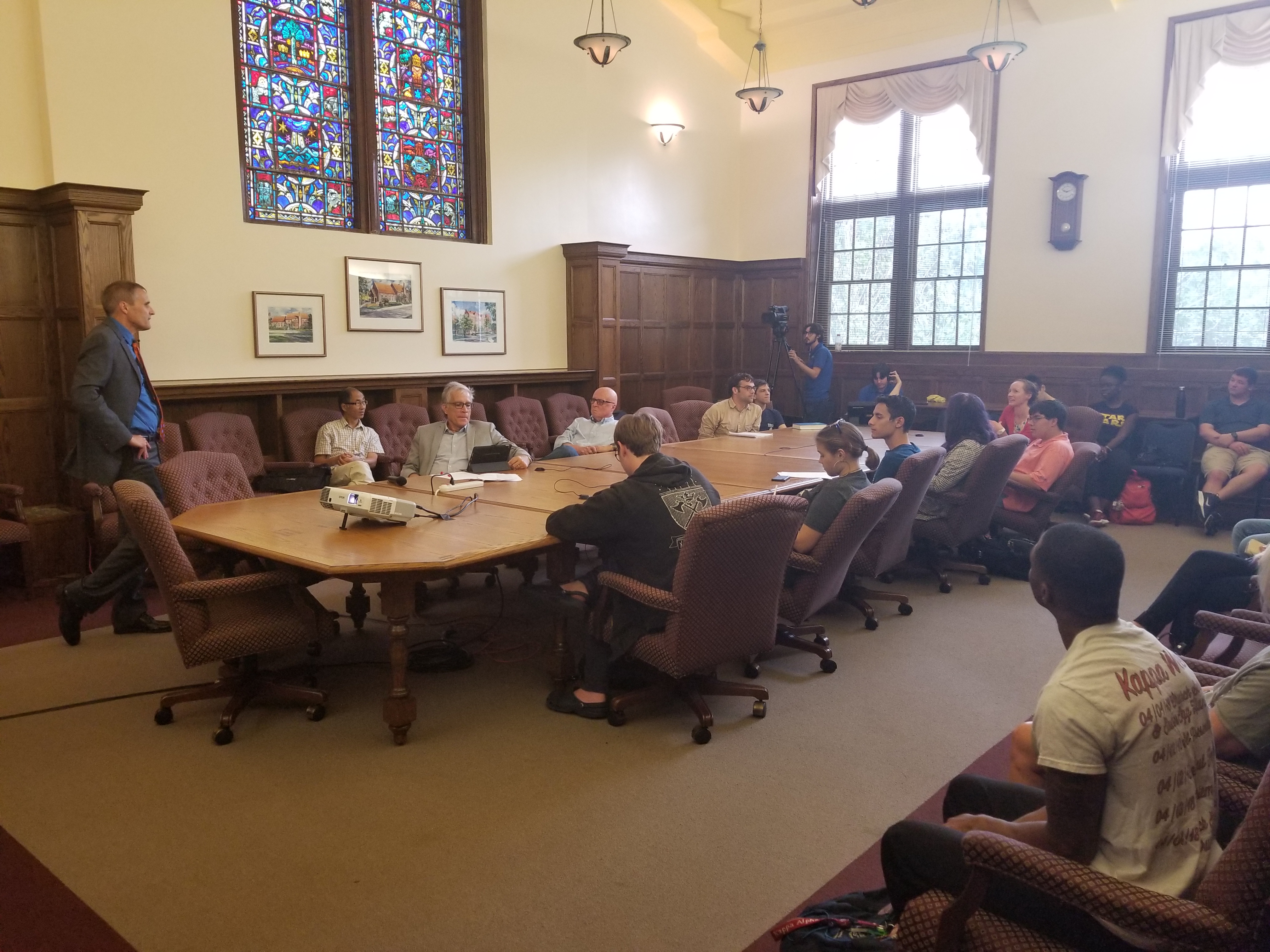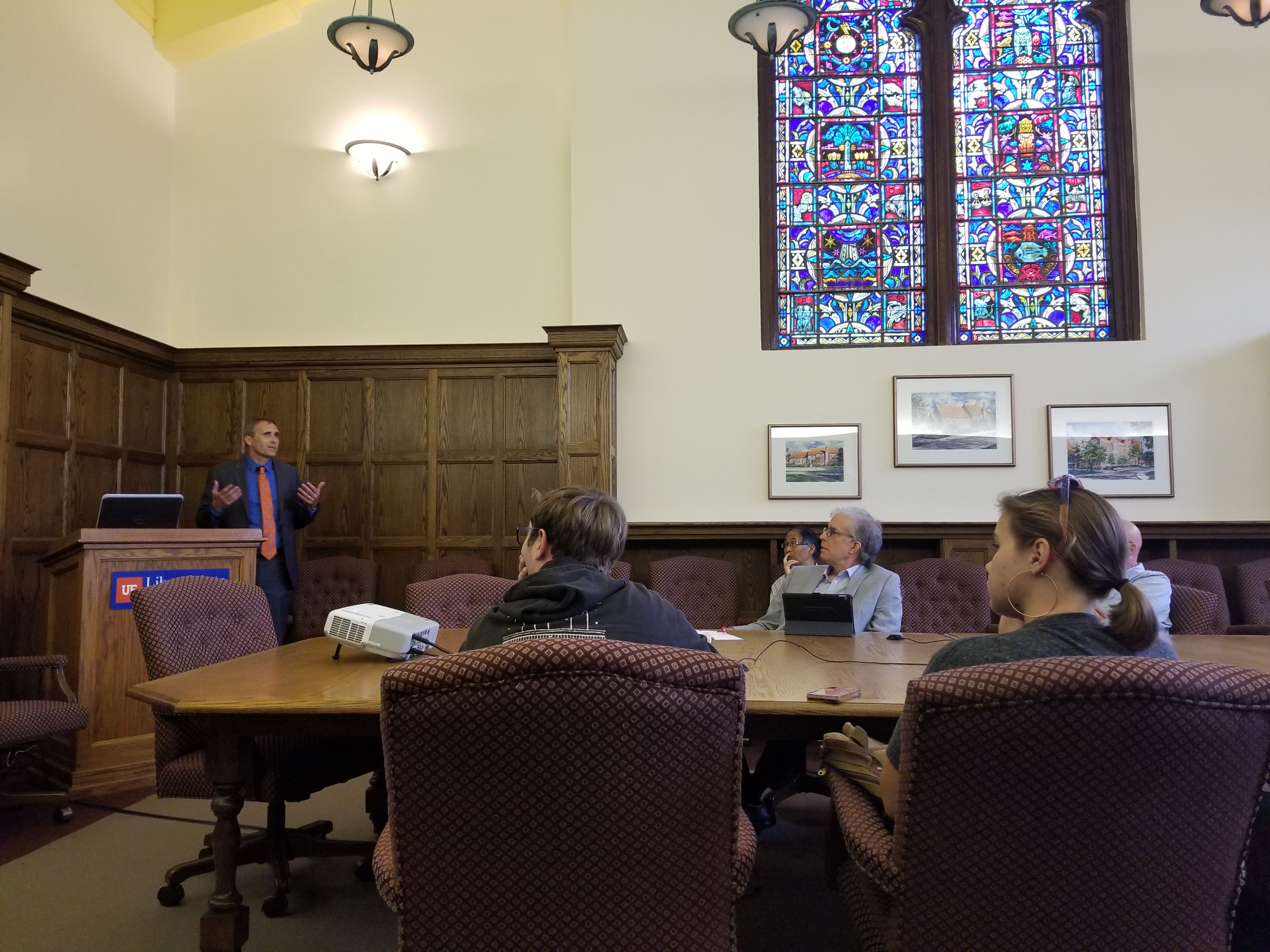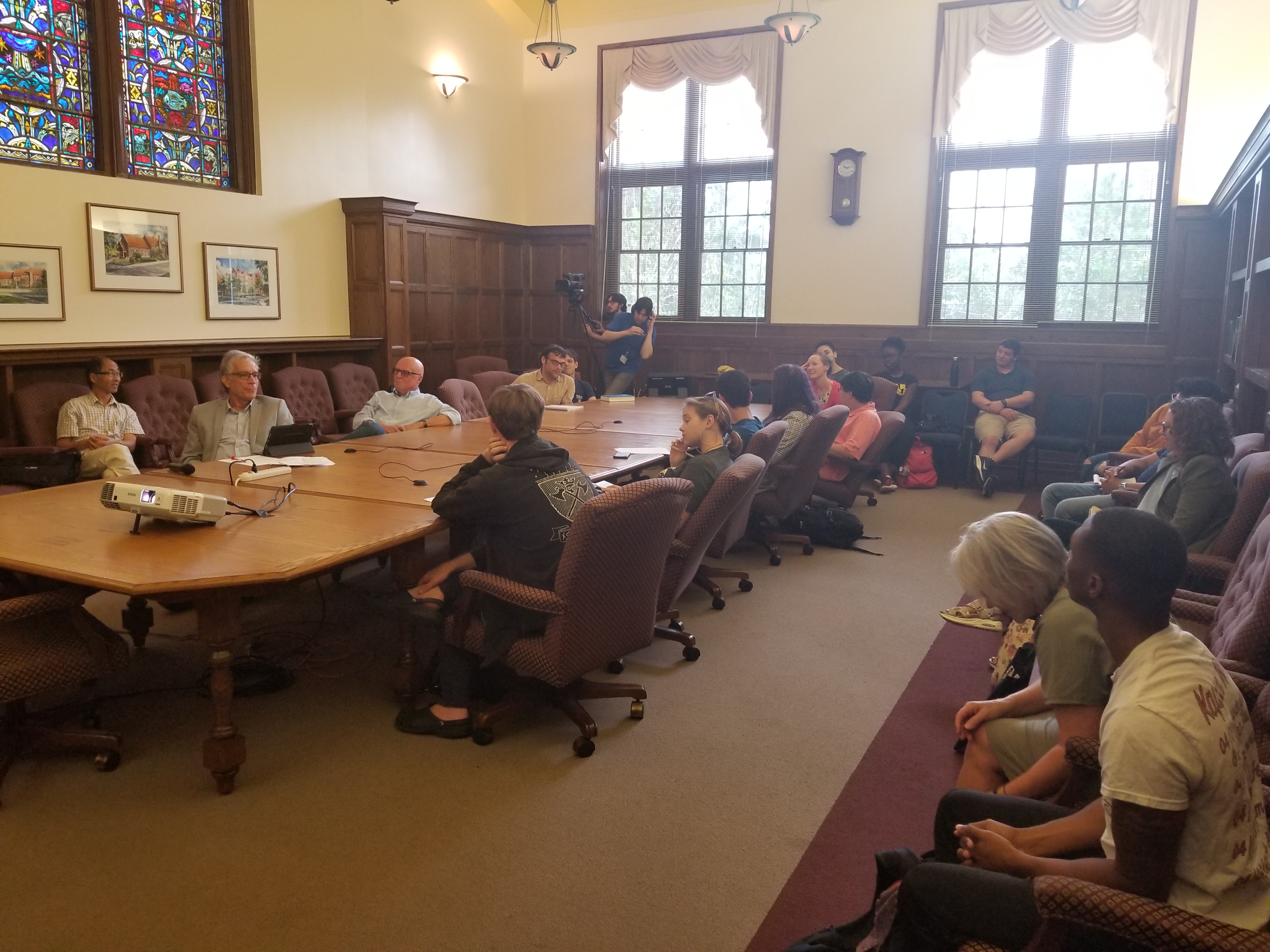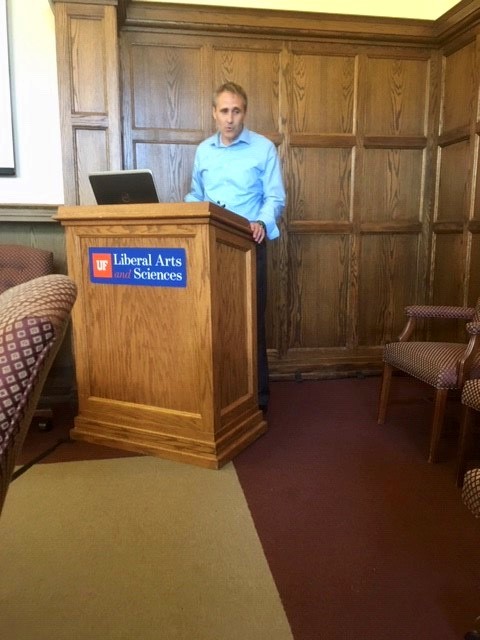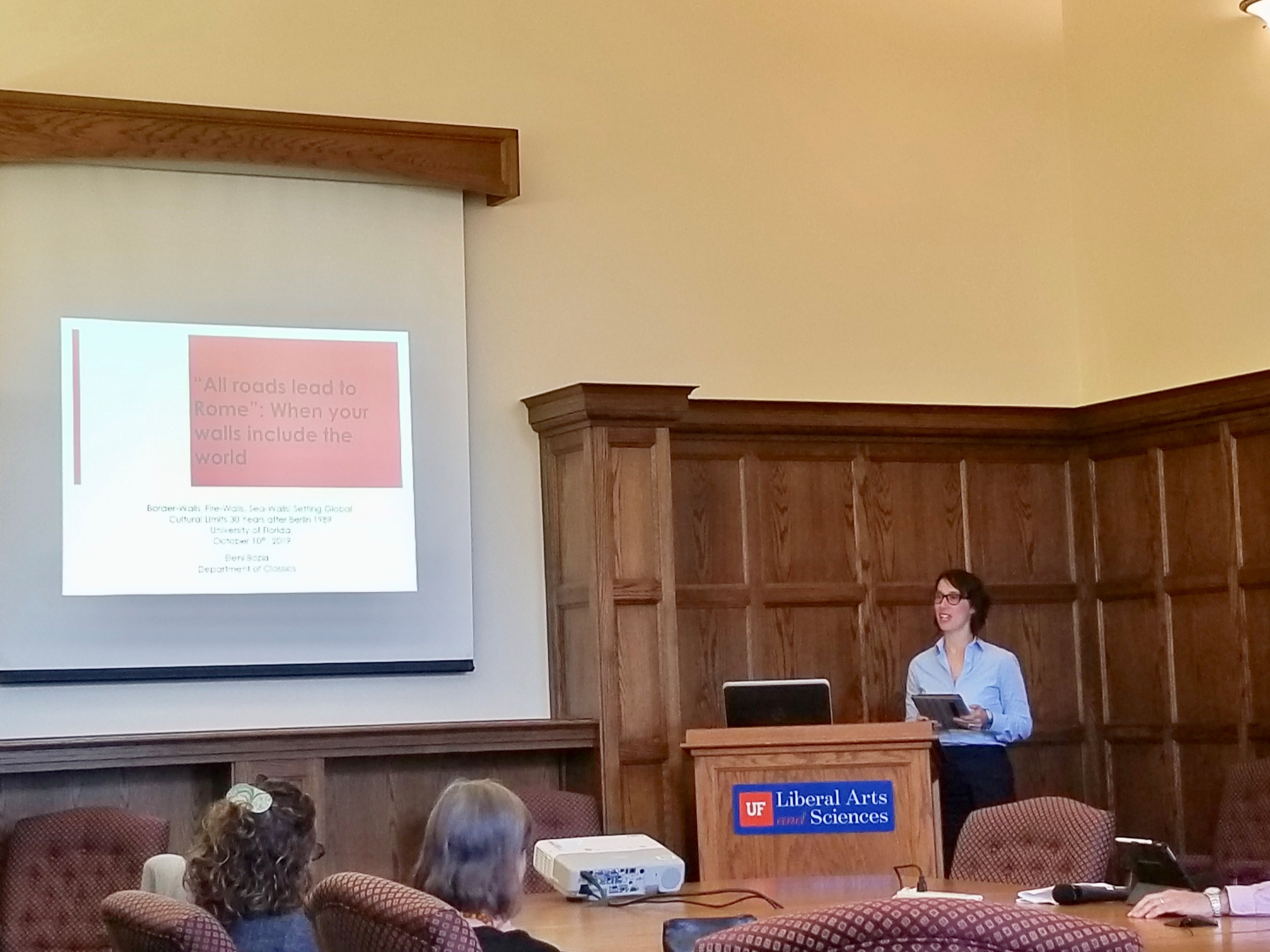Livestream Recording Link for Lecture: https://youtu.be/C0SbC0_QVeA
Livestream Recording Link for Panel Discussion: https://youtu.be/ZgIVtK7G_ug
Border-Walls, Fire-Walls, Sea-Walls
 Global-Cultural Resources as Limits
Global-Cultural Resources as Limits
How do walls—man-made and otherwise—define global-cultural limits? How do the physical/material characteristics of walls bear on/inform/reflect/etc. their religious, political, social, and economic meanings, and vice versa? How do walls mark cultural relations of infinity and finiteness, abundance and lack, presence and absence, etc.? What kinds of cultural dynamics are generated in/by walls? What kinds of cultural (self-)reflections might be delimited, inscribed, or circumscribed in/by walls?
“Premodern Border-Walls, Fire-Walls, Sea-Walls: Global-Cultural Resources as Limits,” with guest speaker, Historian David Frye, author of Walls: A History of Civilization in Blood and Brick (Simon & Schuster).
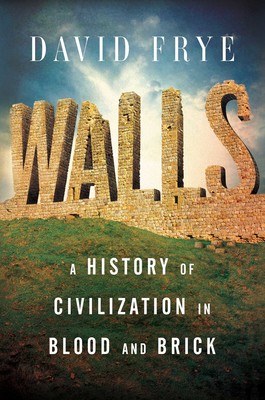
1. Lecture by Professor Frye on October 9, 2019, at 5:00-6:45 pm in Dauer 219 (Ruth McQuown Room and via the livestream link below):
“How Ancient Walls begat Modern Barriers.”
2. Panel Discussion with Professor Frye and UF faculty on October 10, 2019, at 5:00-6:45 pm in Dauer 219 (Ruth McQuown Room and via the livestream link below):
“Premodern Walls: Literal and Figurative Functions.”
With presentations by Eleni Bozia (Classics): “‘All Roads Lead to Rome’: When your Walls Include the World”; Nina Caputo (History): “Real and Imagined Walls in Premodern Jewish Culture”; Florin Curta (History): “Justinian’s Walls and the Ethnogenesis of the Slavs”; Ashley Jones (Art History): “Gemstones and the Walls of the Heavenly Jerusalem”; and Richard Wang (Languages, Literatures, and Cultures): “Ethnic and Religious Interactions along the Great Wall in the Ming Dynasty.” Moderated by Mary Watt (Languages, Literatures, and Cultures).
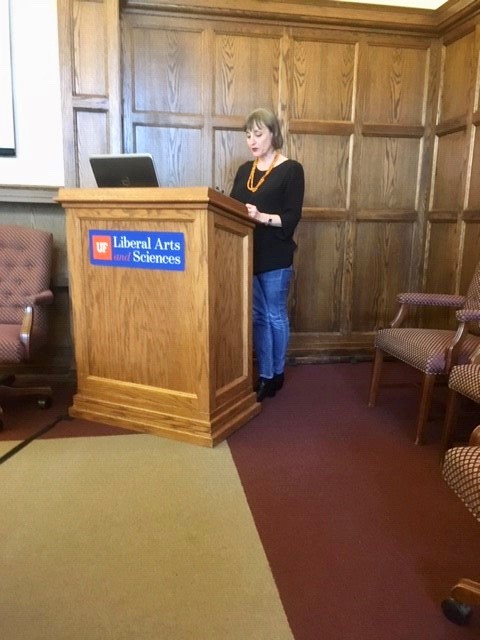 Nina Caputo, History
Nina Caputo, History
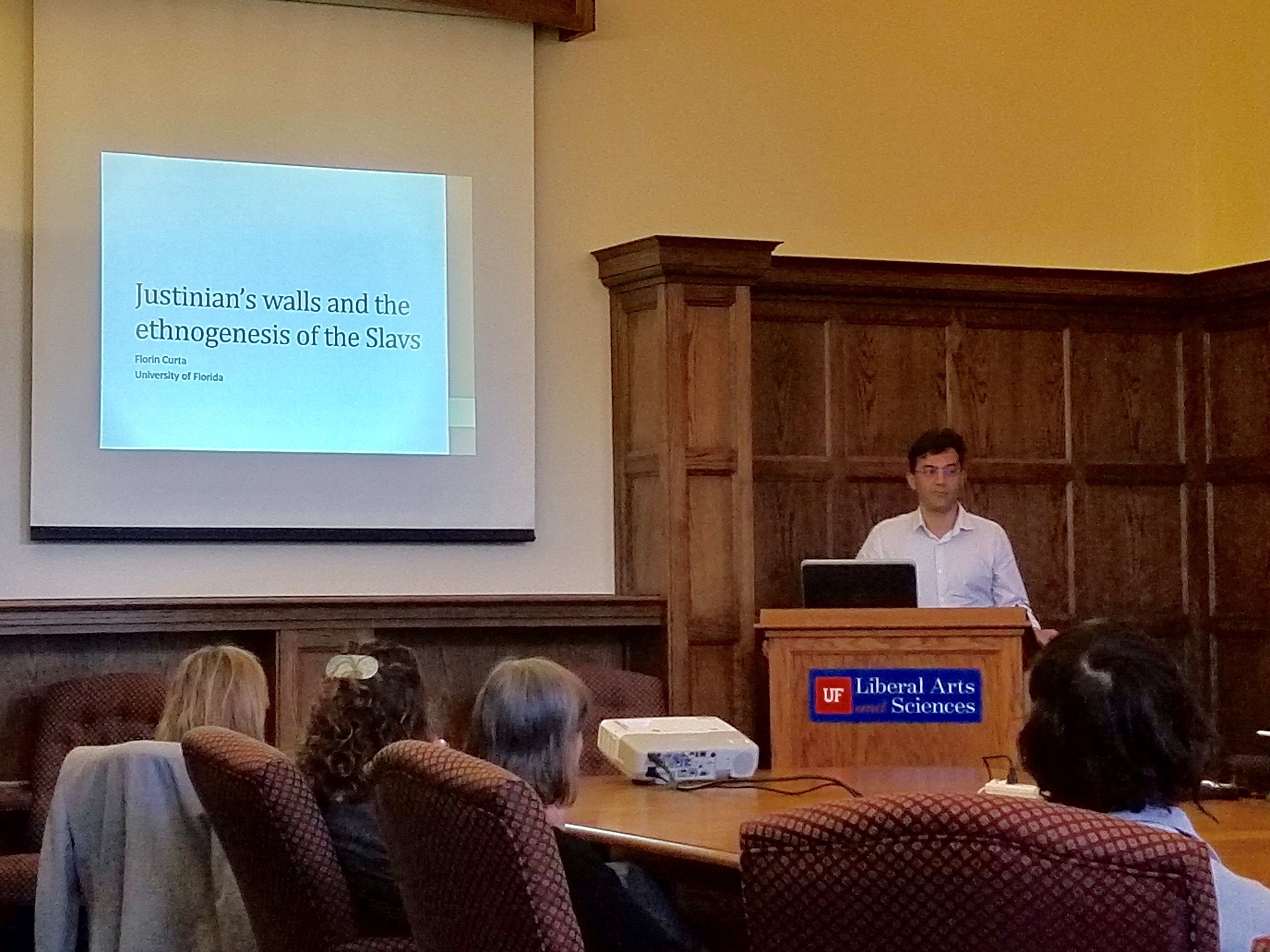 Florin Curta, History
Florin Curta, History
 Richard Wang, Languages, Literatures, and Cultures
Richard Wang, Languages, Literatures, and Cultures
—
Livestreamed and recorded by the Sustainable Online Network for Global Cultural Studies. Contact organizer Will Hasty <hasty@ufl.edu> with questions.
The Fall 2019 Campus Weeks Events were sponsored by the Embassy of the Federal Republic of Germany, UF’s “Imagineering and the Technosphere” Mellon Intersections Group (also see here), the Imagining Climate Change Initiative, and UF’s Center for Medieval and Early Modern Studies; with additional support from the College of Liberal Arts and Sciences, the University of Florida International Center, the Center for European Studies, the Department of Spanish and Portuguese Studies, and the Department of Languages, Literatures, and Cultures.



Discussion
Do you have any comments about this topic? Fill out the form below to join the discussion.
Comments
My question on the lecture pertains to the discussion of anxiety and warriors. At one point Professor Frye stated there has been research done on how people exposed to stressors exhibit less anxiety over them versus someone who avoids the stressor. I believe this is why in military training people are exposed to many stressors and extreme conditions, so as to ensure that if they have to go to war they will be able to handle the stress of the environment. But my question is, for those that are exposed to their stressor and are trained to not exhibit anxiety from it, why do some still receive long term negative effects from it even though they went through the training? This specifically relates to PTSD for those who have been in war zones. Even though they were repeatedly exposed to harsh conditions and stress to help lower anxiety levels when in war zones, some people still get PTSD and heightened anxiety levels instead. Why does this occur?
April 24, 2020
David Frye's discussion of walls and their impact on societies was very insightful. I found it interesting how these border-walls often formed city limits that were used as defense and greatly altered how humans in society lived. Border-walls are still put up in present times, despite the fact that technology has allowed people work around walls through air strikes. Why are border-walls still put up when there is technology that allows people to get around going through wall defense?
April 16, 2021
I think this lecture excellently flows into the modern day struggles we see with our walls today. Much of the urge to build walls, especially in the case of the United States-Mexico border wall, comes out of fear and insecurity. We already have border security, and yet the anxiety remains to place more fortifications between the "us" and the "them." Although the culture of the "in-wall" vs "out-of-wall" communities aren't as drastically culturally different as Professor Frye mentioned, there still seems to be a broad picture of a wall as being protection from a threat of invasion, be it real or perceived. American culture, despite our advertisement as a land of immigrants, seems more anxious than ever to protect itself from the perceived threat of the outsider.
April 16, 2021
